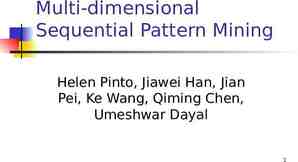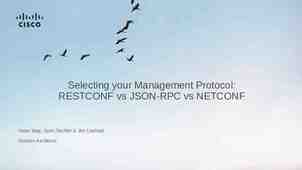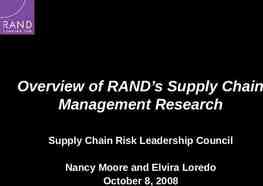The Immune System Unit 5 Part 4 – A Brief Overview
17 Slides884.81 KB
The Immune System Unit 5 Part 4 – A Brief Overview
Purpose of the Immune System Protect from internal attacks from abnormal body cells (cancerous cells) Protect from external pathogens Can enter the body through any systems that have openings on the exterior of the body Can travel though the circulatory AND lymphatic system
Parts of the Immune System Lymph Vessels Lymph Nodes Spleen Adenoids Bone Marrow Thymus
Two types of Immune Responses Innate – immune responses that an organism is born with Very general, and will attack any “foreign” substance (pathogens) Specific – developed over time in response to encounters with pathogens
Innate Immune Responses 1 Pseudopodia surround microbes. Microbes Phagocytic Cells (cells that consume and destroy any pathogens) Macrophages (Antigen Presenting Cells) 2 Microbes are engulfed into cell. MACROPHAGE 3 Vacuole containing microbes forms. Vacuole Lysosome containing enzymes 4 Vacuole and lysosome fuse. 5 Toxic compounds and lysosomal enzymes destroy microbes. 6 Microbial debris is released by exocytosis.
Specific Immune Response - Helper T Cell APC (innate immune response) will “eat,” chop up, and “present on its membrane” any pathogen it encounters. The APC will then bind with a Helper the specific immune response T Cell, which then initiates Helper T Cells are the connection between Innate and Specific Responses. Helper T Cells trigger the activation of lymphocytes (WBC): B Cells T Cells
Newly formed lymphocytes are all alike But they later develop into B cells or T cells, depending on where they continue their maturation Bone marrow Lymphoid stem cell Thymus T cell B cell Figure 43.10 Blood, lymph, and lymphoid tissues (lymph nodes, spleen, and others)
Activation of Specific Immune Response
B Cells (lymphocytes) HUMORAL IMMUNITY: patrols the liquids (“humors”) of the body & neutralize naked/free-floating pathogens PURPOSE OF B CELLS: create ANTIBODIES (Y-shaped proteins that bind to specific pathogens and cause them to clump together) Plasma B Cells actively making antibodies that match the pathogen presented by the APC Memory B Cells “powered down robots” ready to go for the next infection. They don’t do anything during 1st infection, but quickly convert to plasma B cells upon a “return” of the pathogen so antibodies can be made right away.
T Cells (lymphocytes) CELL-MEDIATED IMMUNITY: regulates destruction of cells already infected PURPOSE OF T CELLS: find and kill cells that have been infected Active Cytotoxic/Killer T Cells bind to antigens displayed on the infected body cells and release perforins that break apart the cell membrane (induce cell death!) Memory Cytotoxic/Killer T Cells “powered down robots” ready to go for the next infection. They don’t do anything during 1st infection, but quickly convert to cytotoxic T cells upon a “return” of the pathogen.
Summary of Immune System Interactions
Secondary Immune Response (AKA Immunological Memory) Secondary Immune Responses are always faster and stronger than the initial response from first exposure. Memory B Cells and Memory T Cells are already made and ready to go!
Active vs. Passive Immunity ACTIVE IMMUNITY Individual making their own antibodies Long-lasting Natural – antibodies made from real exposure to infection Artificial – antibodies made from exposure to a vaccine PASSIVE IMMUNITY Antibodies are transferred from another organism Short-lasting Natural – mothers pass on antibodies through placenta/ breast milk Artificial – made in one organism, then injected into another
Autoimmune Diseases “Auto” self When T cells and B cells fail to recognize the body cells as “self cells” and attack them as they would a pathogen. Examples: AIDS, Type 1 Diabetes, Lupus, Multiple Sclerosis (MS), Rheumatoid Arthritis, Psoriasis






















